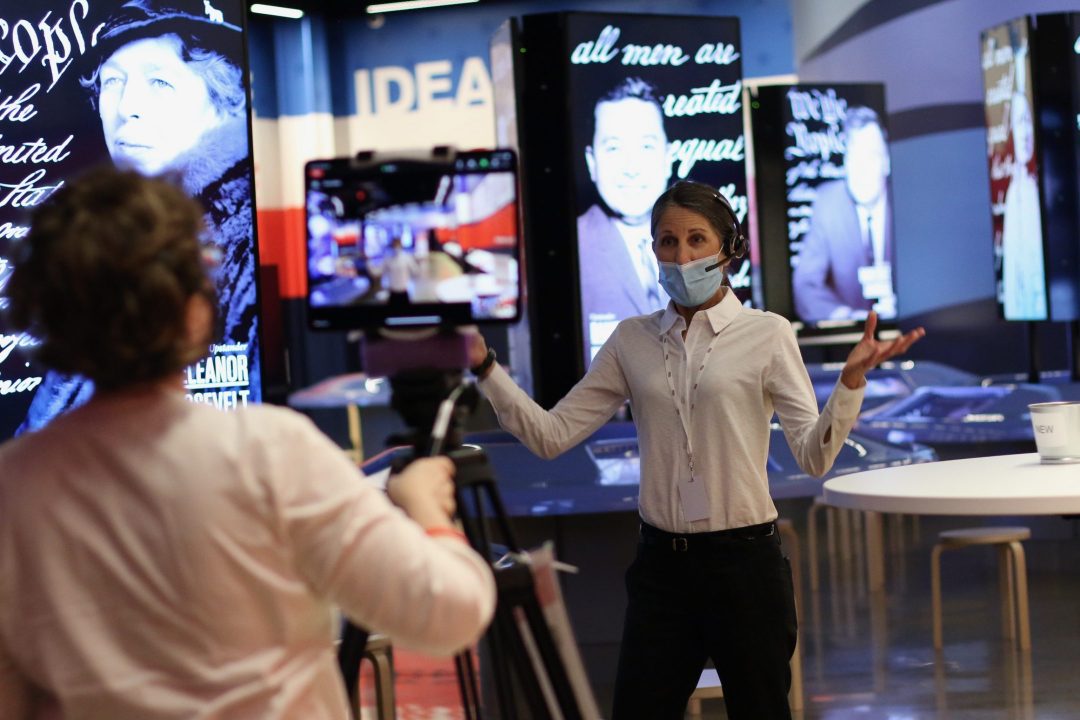
At The Dallas Holocaust and Human Rights Museum, our mission is to teach history in order to impact behaviors today. With students in particular, we want them to encounter the history of the Holocaust and human rights while also encouraging them to think through fundamental questions about human behavior. We inspire students to consider the consequences of their choices and challenge them to think critically and become Upstanders.
Providing these engaging and transformative experiences became more complicated in March 2020, when the museum had to close for COVID-19. Though we had some limited experience in virtual programming, like teacher professional development courses and special student engagement events offered via videoconferencing, we were primarily an in-person education facility and behind on virtual program development. The past year has therefore been a time of learning and experimentation for us, and we want to share the results and lessons in this post.
Phase 1: Shift to Virtual Outreach Programs
The shift to virtual field trips did not happen overnight. Our education team implemented two phases of new virtual programming for educators and students: Virtual Outreach Program (phase 1) and Virtual Field Trips and Education Programs (phase 2). Each phase came with intentional adjustments to fit the needs of our audience while maintaining the goal of connecting students to the museum and our mission through live and engaging learning experiences.
Initially, we repurposed the museum’s existing educational programs to quickly adapt to the immediate need of students and teachers who were learning from home. We did not want to reinvent the wheel, but rather adjust it. We specifically looked for highly interactive in-person programs and lessons that could be converted to virtual and engage a diverse student audience from home.
This first phase of virtual outreach programs did not include virtual field trips, as we understood that teachers often did not have the time and ability to connect live or in real time. We also quickly learned that many parents took on the role of educators. Understanding the immediate challenges and connectivity divide, we focused on creating hybrid programs that included asynchronous and live components.
One of these hybrid virtual outreach programs was our newly developed Camp Upstander, for ages six to ten, and Upstander Institute, for ages eleven to eighteen. After a short registration, parents received a flexible learning plan at the beginning of each week with access to asynchronous activities and live virtual programs led by our museum educators. The response was very positive. In 2020, 879 students participated in the program. The feedback from parents confirmed that the program was engaging. One parent wrote, “I feel [Upstander Institute] was presented in a way to make kids think rather than just tell them.”
Phase 2: Building Virtual Field Trips and Education Programs
As schools began to reopen virtually in August 2020, we commenced phase 2 and began creating virtual field trips and education programs specifically designed to bring the museum to the classroom. Although we knew that creating a single recorded tour of the museum would be easier, we felt strongly that live and interactive programs aligned better with our mission and strategic goals as an education team. This was a risk, but we were willing to take that challenge.
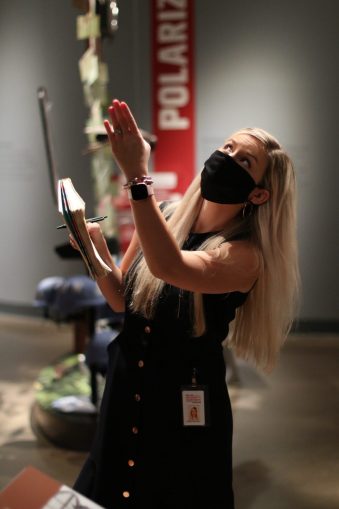
Our team devoted the first month of this phase to developing the virtual field trips. We met with local school district administrators to discuss teaching capabilities for the upcoming academic year, and local teachers to discuss virtual learning strategies. We built virtual carts—iPads mounted on rolling tripods—to allow our staff educators and docents to communicate with students through real-time videoconferencing from the galleries. We wrote a brand-new virtual field trip script designed to ensure adherence to the Texas teaching standards, Texas Education Skills and Knowledge (TEKS), and implementation of Social Emotional Learning (SEL) strategies. We created a Teacher Resource Guide with asynchronous lessons, discussion, and resources to use before or after the virtual field trip.
We dedicated two months to training our volunteer docent educators so they had time to adjust to the new format and virtual teaching style. This meant practicing key logistical learning skills like making eye contact with the camera, refreshing their Q&A skills, and acclimating them to using the chat function on the virtual platform. In addition, we taught them to play testimony videos and do virtual artifact analysis. From there, we were able to launch the virtual field trips.
Our education team learned quickly in the first few months. For instance, we found out that teachers expect quicker turnaround in booking virtual tours. We also noticed immediately that students ask more questions virtually than during in-person tours—engagement doubled, if not tripled. Teachers were initially hesitant and did not know what to expect, but were overwhelmingly praising our virtual field trips afterwards. One wrote in her tour evaluation: “This was my first virtual field trip, so I had no/low expectations. I was absolutely impressed! The pre-trip materials were helpful. The best part, however, was the tour itself. Our docent was lively and energetic. We had no problem hearing or understanding her with her mask on, her pace was perfect, and her questions and interactions with the students was engaging. I couldn’t believe how real it felt for a virtual tour.”
Tips from Our Experience
Our education team has learned many valuable lessons from our pivot to virtual field trips. Here are some tips that we have gained from our experience.
- Think outside the box. The development process was not easy, and it required us to embrace some unexpected solutions. We tried many different virtual carts, for instance, but none seemed to fit our needs. Then our graphic designer suggested a film and photography set-up for the exhibit. We were hesitant at first that it would be too light, but it was a perfect fit—simple, easy to move, and lightweight.
- Don’t be afraid to maintain a live dialogue with students. Students are used to conversing on online and virtual platforms. If you engage them, they will respond. We learned quickly to use this to our advantage. We ask them questions and encourage them to ask questions of us, which leads to conversations about important topics connected to the exhibit. We have realized it is good to let students talk and ask questions, even when it deviates from the tour. This was scary at first, because so much can go wrong, but it has ended up being rewarding both for the students and for our docent educators leading the tours.
- Take the time to train your docents/volunteers. Most of our volunteer docent educators were not familiar with all the technology and videoconferencing that comes with virtual field trips. We spent a lot of time teaching and practicing good virtual presentation skills, but it really paid off, as now they are very comfortable engaging students in this new format.
- Take risks to be more impactful. Our education team realized that perfect tours do not always happen during virtual field trips. We have had glitches on our end and schools have had connection issues on their end. Our goal was to keep our tours live and engaging and to not use tour recordings followed by Q&A. It was risky and a lot more work on our part, but it was worth the impact we have on students.
- Be inclusive. Our students come from diverse backgrounds, so we want to make sure that all feel welcome and that teachers are aware of this. On our outreach materials and registrations forms, we explain the various ways students can connect (either from home on an individual device or from school as a group or on an individual device) and provide accommodation information. We have added English and Spanish subtitles for all testimony video clips and an option for live closed captioning of the tour. We allow students to communicate through their microphones or through chat. We also often pre-meet with teachers to adapt the tours to student needs, like making them sensory-friendly, changing their length, or adding in more breaks.
Virtual field trips have allowed us to reach students in an innovative and relevant way. We are excited to continue to spread our mission to teach the history of the Holocaust and advance human rights to combat prejudice, hatred, and indifference in a new way, and we look forward to educating young minds on the past to inform a brighter future.
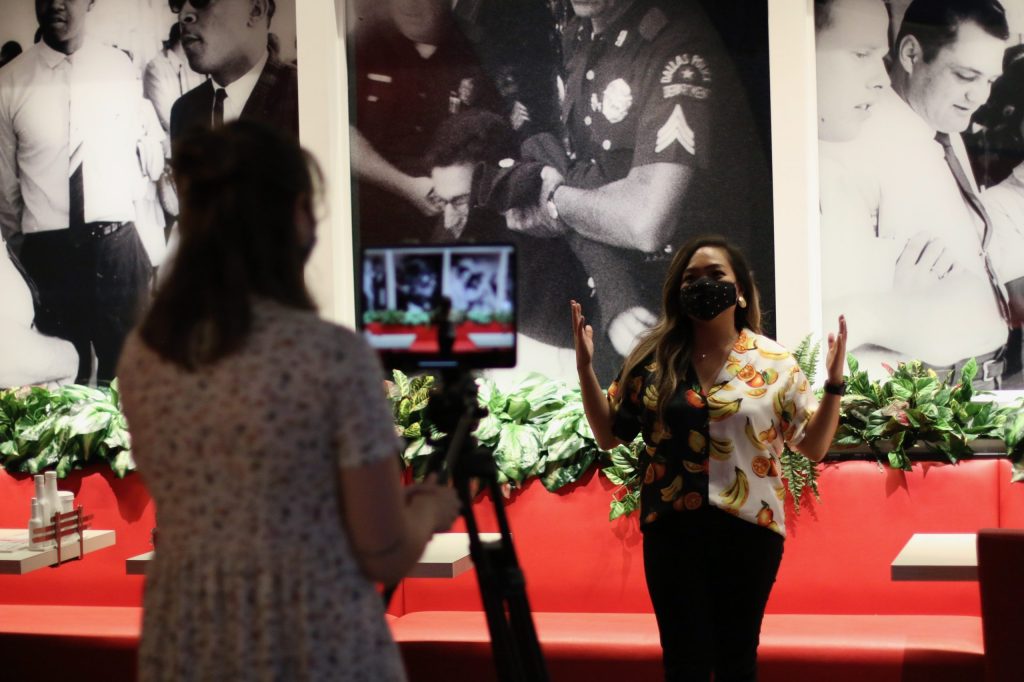
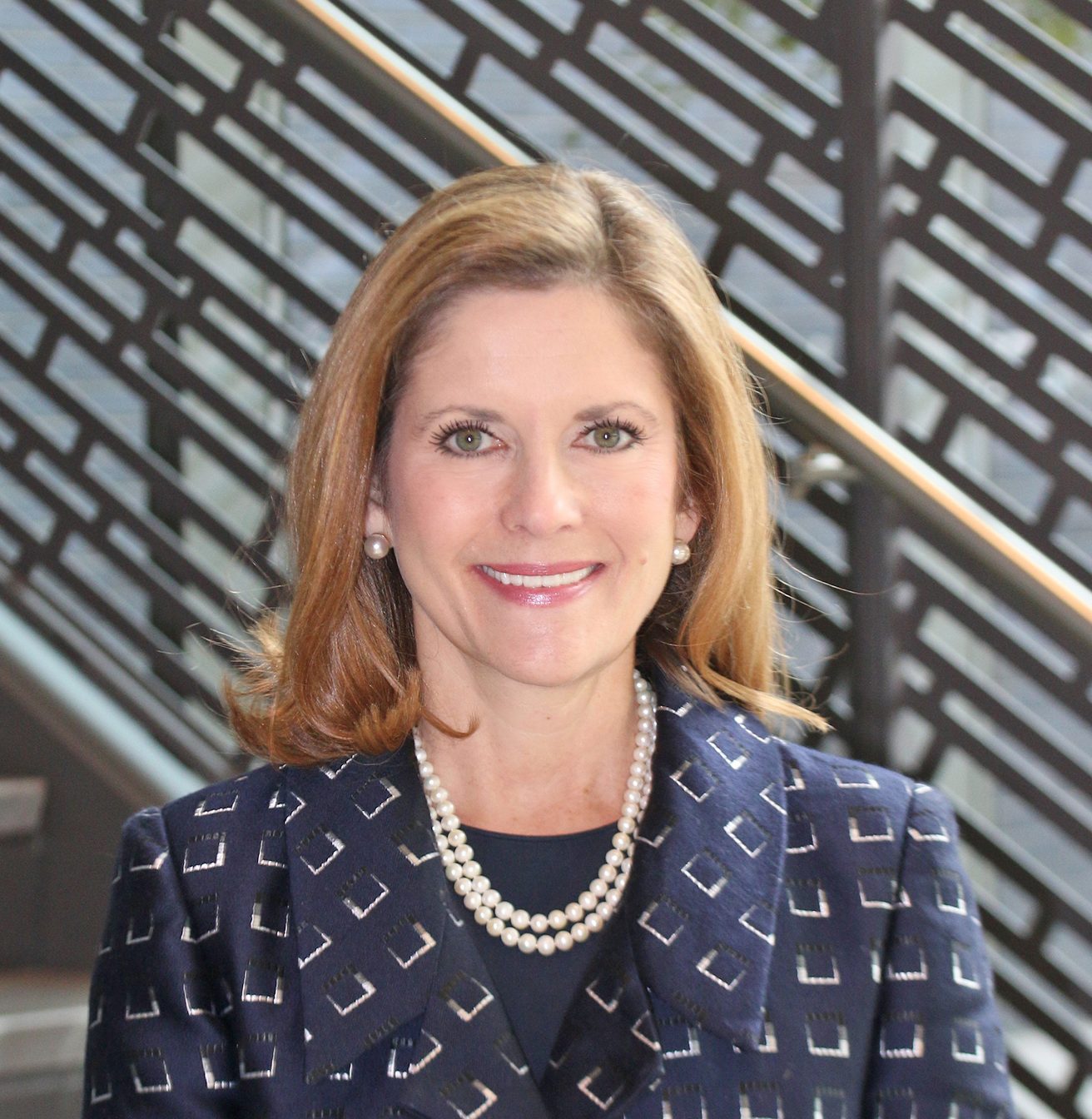
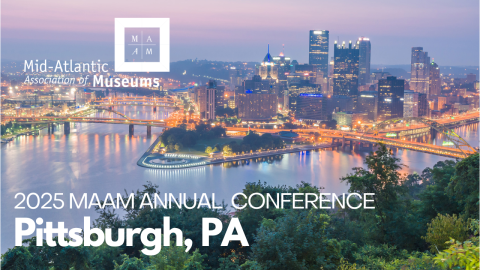

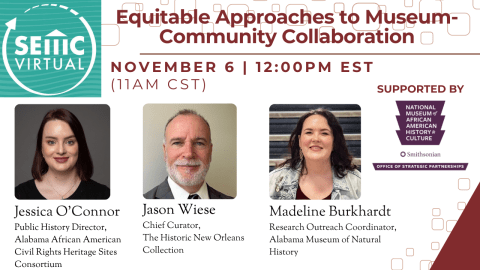

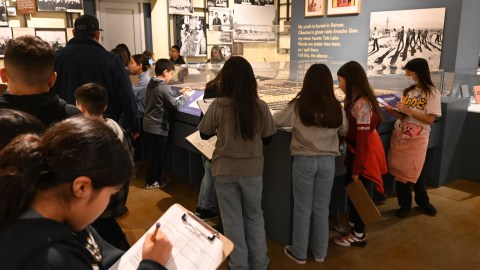
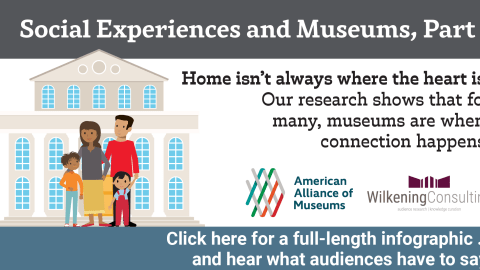


Hello Mary Pat,
I am very impressed by your article & want to try and implement the virtual field trip concept to groups via the two organizations that I head up, namely
1. History Committee of the Arts Club of Washington, &,
2. The Alliance to Preserve the Civil War Defenses of Washington.
Is it possible to view one of your field trips?
Hi Dwane, absolutely! Please email me at cdecoster@dhhrm.org and I can set you up.
Charlotte Decoster
Director of Education – DHHRM